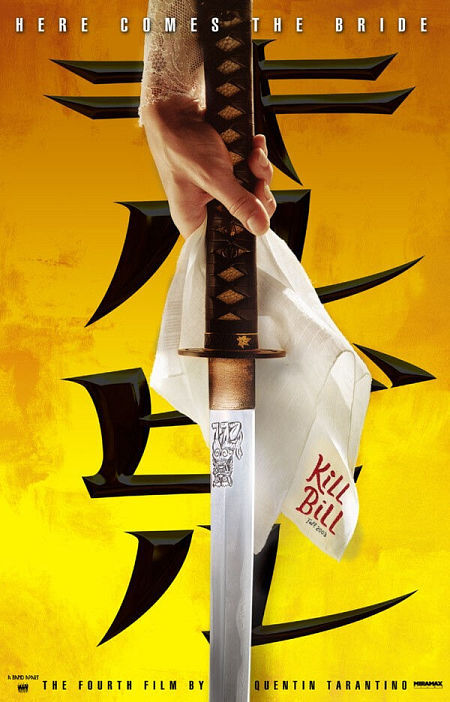When people talk about the types of documentary, Bill Nichols’ articulation is the classic identification that divides six modes to express each style. Although there are some arguments between his points and other academics, it does not affect audiences understand their theories, even adds more explanation on them.
While I read the summary of Bill Nichols’s seminal book, I prefer “the participatory mode" as my planning type in my documentary. It encourages filmmakers and protagonist or other subjects engage the film, in other words, the record could be affected by different participators but also present unexpected diversity.
It is debatable that how define the authenticity of documentary is, or we can say there is no only principle to describe the documentary, some producers believe the filmmakers have to be objective shooting their characters and avoid become a part of film. However, from my point of view, the subjects definitely knew the camera(s) there recording their action (except hidden the camera shows), so the perform already influenced by camera(s) and crews exist; which means the filmmakers already involved the process just may or may not in the screen.
Therefore, why not just naturally shooting the procedure between subjects and filmmakers? Based on different targets of documentary, we can understand alternative modes from other documentary, but my documentary will try to catch audience’s attention by watching “the participatory mode". In my opinion, led audiences comprehend not only particular subjects can be recorded, the ordinary people as crews can also be shot is important element to promote the film. Because audiences might find resonance connected to their daily life from the interactions among participatory mode, the more connection they see, the more interesting they want to focus on it.
Nevertheless, no matter which mode of documentary exhibited to audiences, there are always appear both weakness and strengths individually. If I towards participatory mode sketch my video, I will search these types film to observe how the directors balance the footage between subjects and filmmakers, make sure the latter does not occupy much shoot than main character(s), otherwise it would digress to other topics becomes someone’s documentary.



















 ‘The more aware you are of sound, the better you will be able to articulate the literal and aesthetic sonic requirements of a production’. For me, as a sound designer is not only generate background music, insert sound effect or mix differ channel audio during video editing, the role is like a mother; to argue with low noise, to stop passerby walking and daringly to interrupt film shooting; all of these just to make sure can protect the baby, to produce a qualified sound.
‘The more aware you are of sound, the better you will be able to articulate the literal and aesthetic sonic requirements of a production’. For me, as a sound designer is not only generate background music, insert sound effect or mix differ channel audio during video editing, the role is like a mother; to argue with low noise, to stop passerby walking and daringly to interrupt film shooting; all of these just to make sure can protect the baby, to produce a qualified sound.